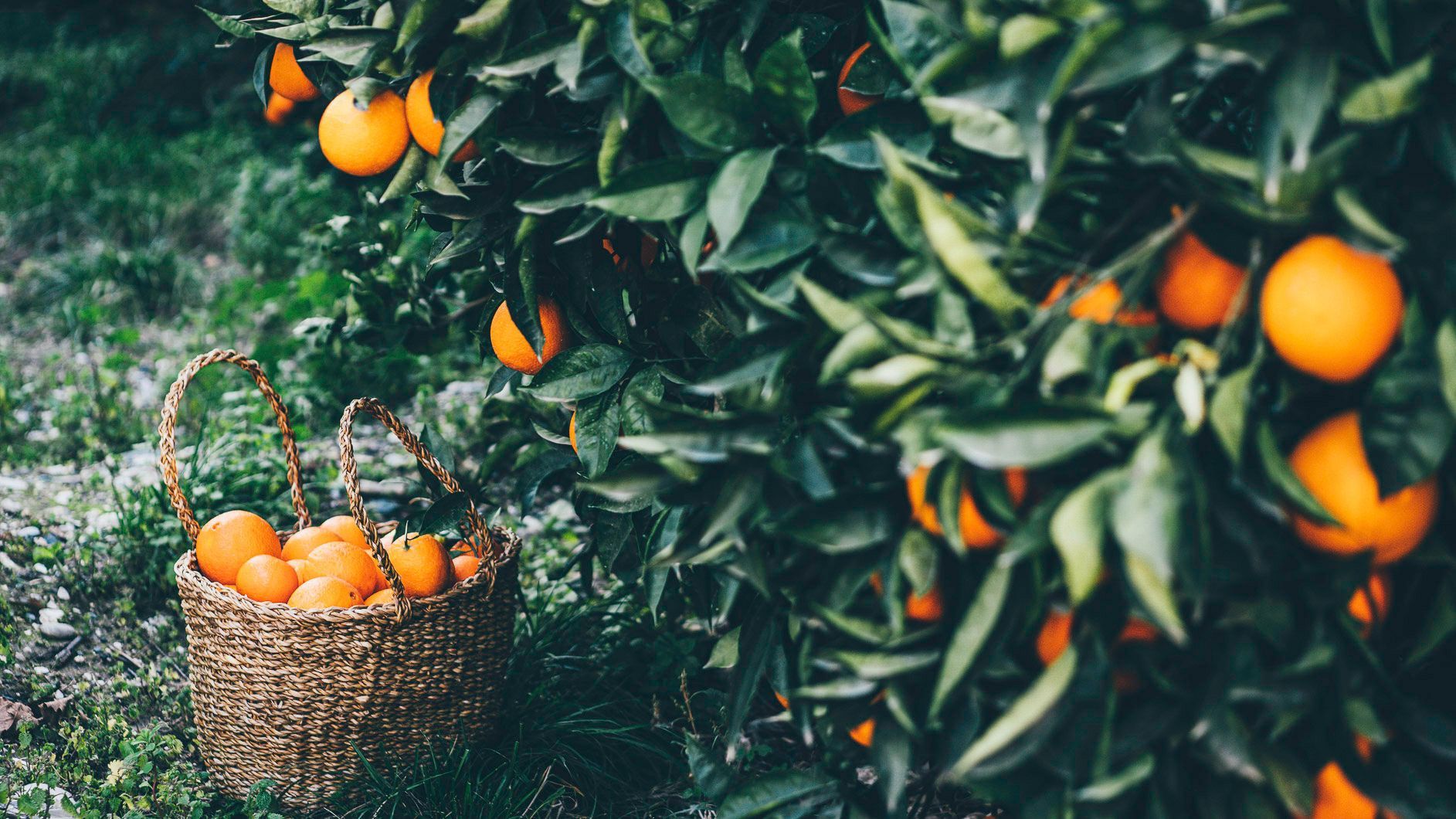The Australian wine industry supports 203,392 direct and indirect jobs, according to the Economic Contribution of the Australian Wine Sector 2025 report released by Wine Australia this month. Grape growing, winemaking and wine-related tourism also contribute $51.3 billion to our economy.
With vintage recruitment starting to ramp up, we preview the 2026 vintage season and discuss ways employers can build a workforce that achieves the best outcomes.
Key Points
- The last few seasons have provided unique challenges to the Australian wine industry, and vintage 2026 is unfortunately no different.
- Key challenges will include rising costs, tariffs, weather conditions and staffing.
- The Acclaimed Workforce team have provided four key tips for staffing vintage, based on common mistakes they see each year.
What lies ahead for Australia’s 2026 vintage?
Predictions for this year’s vintage are a mixed bag, with some companies projecting higher sales and others taking a conservative approach to their forecasts. While it is too early to predict overall results, we know that Australian wines continue to be regarded highly internationally; at the 2025 Decanter World Wine Awards, Australia was the fourth best performer after France, Italy and Spain, of 57 countries in total.
However, this season will provide challenges for the Australian wine industry. Here are some key challenges wine producers are navigating.
Managing costs. While some of the major wine producing countries saw an increase in production last year, all were below their five-year average. It is expected that demand for white wine will be higher given low production in the last two years, while a glut in red wine will continue to have an impact on demand. Yet, the price of producing wine is higher due to the rising costs of goods, staff, and compliance.
Tariffs. This year, global wine producers will also be facing tariffs from the US. In 2024, Australia exported 106 million litres of wine, valued at $325 million, to the US, making it the second-largest market by volume and the third-largest market by value. The Australian wine industry has seen first-hand the impact of tariffs in recent years. When China imposed tariffs on Australian wine, it had a significant impact on demand, enabling countries like France and Chile to increase their foothold and create increased competition after the tariffs were removed. However, there is a unique difference with US tariffs; they apply to all international wine exporters, with some countries facing higher tariffs than Australia.
Weather conditions. Another challenge may also be the weather. The Australian Bureau of Meteorology has announced the potential for an unexpected La Niña weather episode, which can impact wine producers in the east of the country again. This will be the fifth time in six years that higher rainfall has occurred in the east, while much of South Australia has been experiencing drought conditions.
Staffing seasonal work. The wine industry supports a large portion of regional jobs, which has a positive benefit to many regional communities. However, regional locations also have challenges such as scarce housing and seasonal demand for staff fluctuates. This has been further exacerbated by government legislation, including the tightening of visa conditions for international workers and the complexity of employment and safety legislation.
Key tips for staffing vintage 2026
As a wine industry recruitment specialist, Acclaimed Workforce sees wine producers having similar issues each year. So here are a few tips to avoid costly mistakes, whether that be through productivity or employment non-compliance.
Recruit early and recruit backups. If you haven’t started recruiting for vintage yet, don’t wait any longer. It is important to start early to secure experienced staff. Early recruitment also gives you time to plan inductions and training. Being realistic about staffing needs during the busy summer period by recruiting backup workers will assist you in covering absences, because they are more common than you will likely anticipate. If this isn’t viable for your business, it may be more effective to outsource.
Induct and mentor staff. Whether you have workers who are new to the workforce, new to vintage, or new to your site, they must receive a comprehensive induction, which includes relevant training (e.g. working in confined spaces). However, induction is just the beginning. It is common to assume that people know things they may not, which can lead to costly mistakes. Pairing experienced workers with those who have less experience and promoting the practice of asking questions can support safe learning in the workplace.
Focus on safety in every action. The experience and knowledge within your vintage team can be varied as previously mentioned, so consider emphasising safety during the recruitment process, building and reinforcing safety responsibilities and reporting. Where employees are encouraged and recognised for reporting potential, as well as actual, incidents, injuries and hazards, organisations will generally have fewer injuries. Regular toolbox talks are also necessary, because vintage often produces common injuries such as slips and cuts.
Understand employment compliance requirements. With significant changes in employment legislation in recent years, it’s essential to be aware of key areas of compliance for vintage. This includes employment contracts, policies and procedures, awards and their many nuances relating to shift workers, meeting the new definition of casual employees, and work rights/ visa requirements. If you need advice or support as you plan for vintage, contact our affiliate partner, Bayside Group Workplace Relations, for assistance.
If you would like assistance in staffing vintage, talk to the
Acclaimed Workforce team today.



